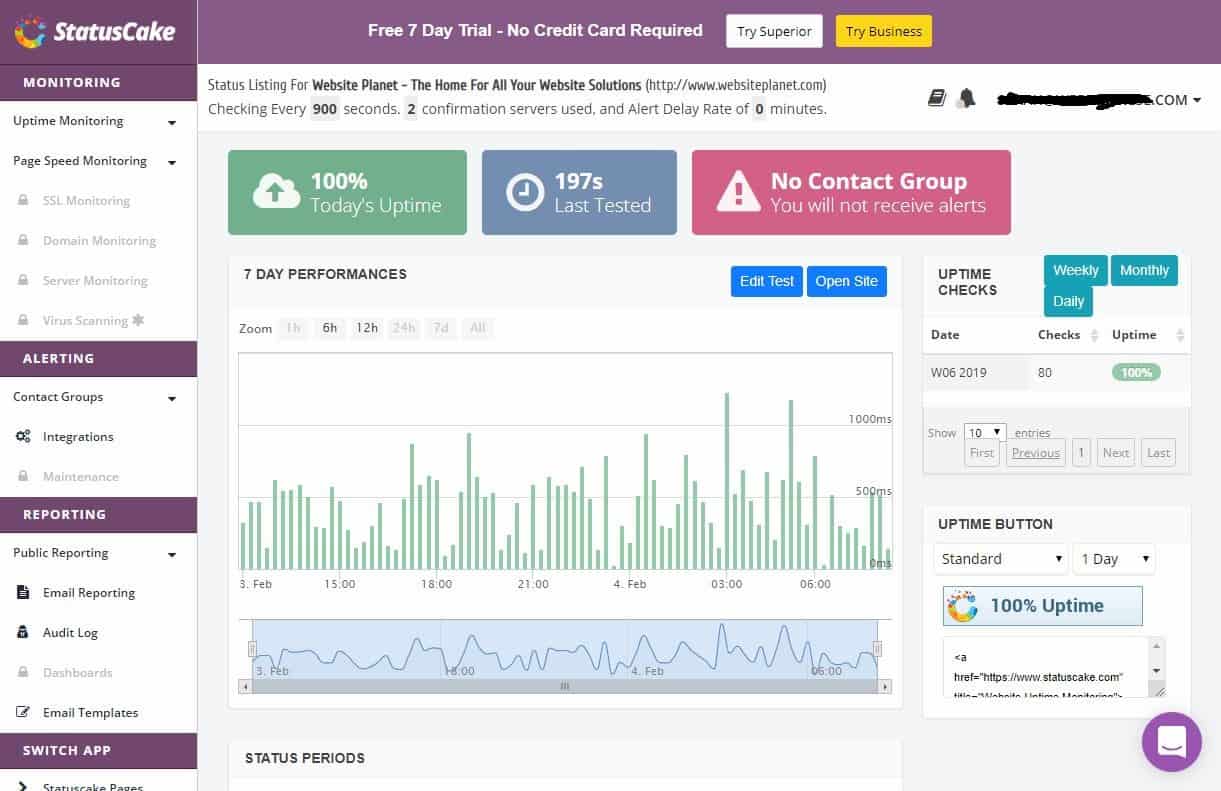

Go looking for a fixed string and what we copied before. And when I saved that nothing would change since we can find the string.

So, also not helpful.īut the next, both are really helpful since one is the Fixed string to expect in the content and the second one there you can even use a regular expression. Strings to expect in server response, that's basically the first line of the server's responses. Then I edit my rule.Īnd let's scroll a bit down now where we can find String to expect in response headers, Strings to expect in server response, Fixed string to expect the content, and Regular expression to expect in content. I search again for my Check HTTP which has one rule now. It's like here. And in this source code, I see, in this case, a string we can use. In this example, I go to the tribe29 page and look into the source code. For that, we can check for a string on the web page. And resumes a correct response.īut the next thing we need to do is to make sure that we actually monitor the correct page. Enter.Īnd I already see my localhost with just one service. Since I know the Hostname and I'm a big fan of the search function, I'm going to search for localhost. Now I can save the rule and activate my changes. Now we're going to take a look to the service. In my case, I just choose Explicit hosts and pick my prepared localhost. This happens down here in the Conditions part. So, we just check Use SSL/HTTPS for the connection.Īnd as mentioned before, we need to assign this service to a host. Is to choose that it is a encrypted page. The last part in the configuration we need to do So, we would just monitor the response we get from the default address or the default page behind the server. If we would not do that, we would monitor the web server but not the web page. Choose Hosts name.Īnd now we can add the IP address but I'm going to just add which DNS can resolve to the correct IP address. Since it is a web server, a web server can host multiple domains.Īnd to find the correct domain, we also need to add the Virtual host. The next thing we need to do is to overwrite the host name.īecause we're going to monitor a web page in the Internet so it's not the address of the host where we assign to service.

It would be either HTTP if it's notĮncrypted, or it's going to be HTTPS if you're going to have encrypted page. Since I want to monitor a web page I'm going to choose the webpage name also as Service name.Ĭheckmk will automatically add the prefix to the Service name. Since we don't need the Rule Properties here, I just gonna hide it and start right here with the check configuration. The first part now is the check configuration where we pick a service name. It always starts with the Rule Properties. This overview now is the default pageįor rules. Later on, of course, you can move it to every directory you want. But we're going to create a new one here in main directory. One of the rules is to check HTTP, but also here you can use the filter to get faster to your result. Currently empty is now the list of the Check HTTP service rule. The same happens now in the overview of the active rules. Here you can search for the HTTP, TCP, Email which you'll find beneath the Services part.īut I always gonna use the search which is a bit faster. The dashboard is currently empty since i just installed the page.Īnd I added one single host which I can use as an example. The first thing we are going to do is to monitor a normal website. Normally, the website ports are the port 80 and port 443, or in some cases you're gonna hit ports like 8080 or 8443. Also, if you have a proxy server on your environment, you need to configure that proxy server later with your check.Īnd finally, as you may already know, Checkmk has the principle of hosts and services. That means a service needs always be assigned to a host and you're going to need a host in order to assign these new checks. So, in case you have firewall, you need to open different ports. That means they are not related to the normal Checkmk agent. These two checks I'm going to talk about are active checks. You may have experienced in past that a website wasn't available anymore or a certificate has expired. And I show you how Checkmk can help you in the future to act in advance.
WEBSITE MONITOR HOW TO
My name is Bastian Kuhn and I'm a freelance software developer and Checkmk consultant. I'm gonna show you today how to monitor websites not only their availability but also their certificates.


 0 kommentar(er)
0 kommentar(er)
